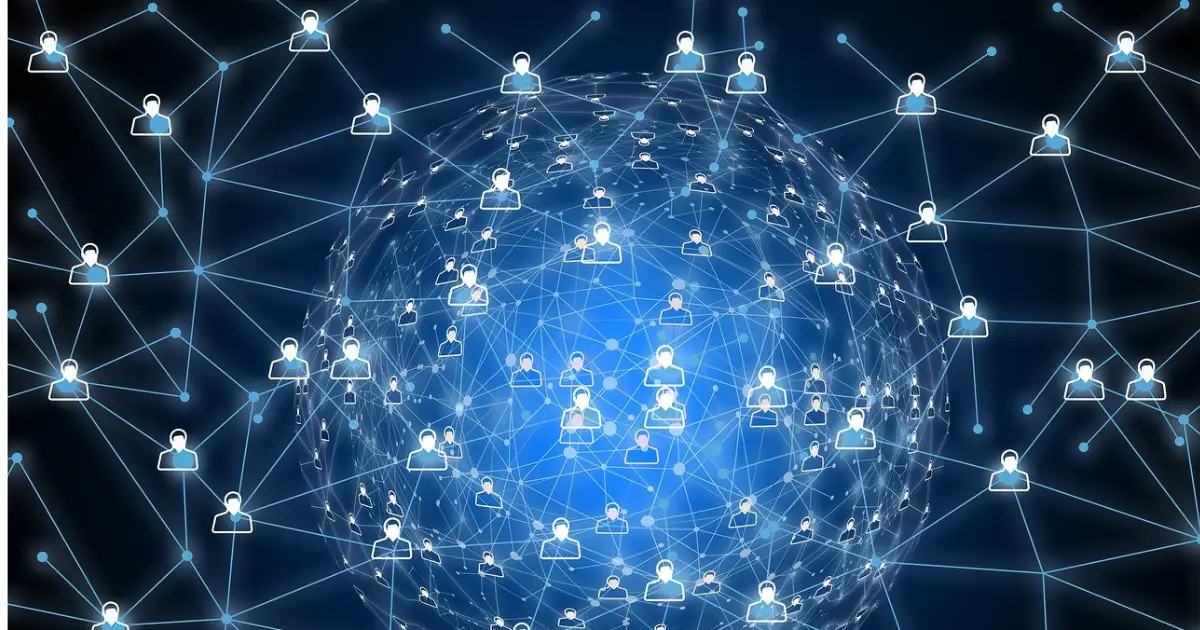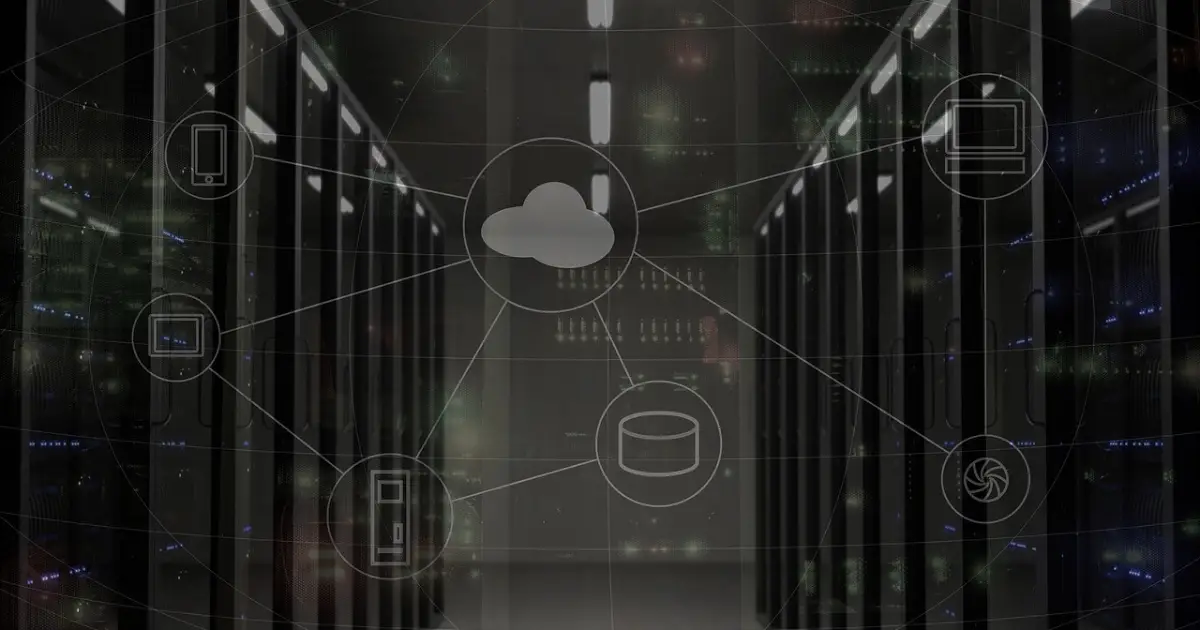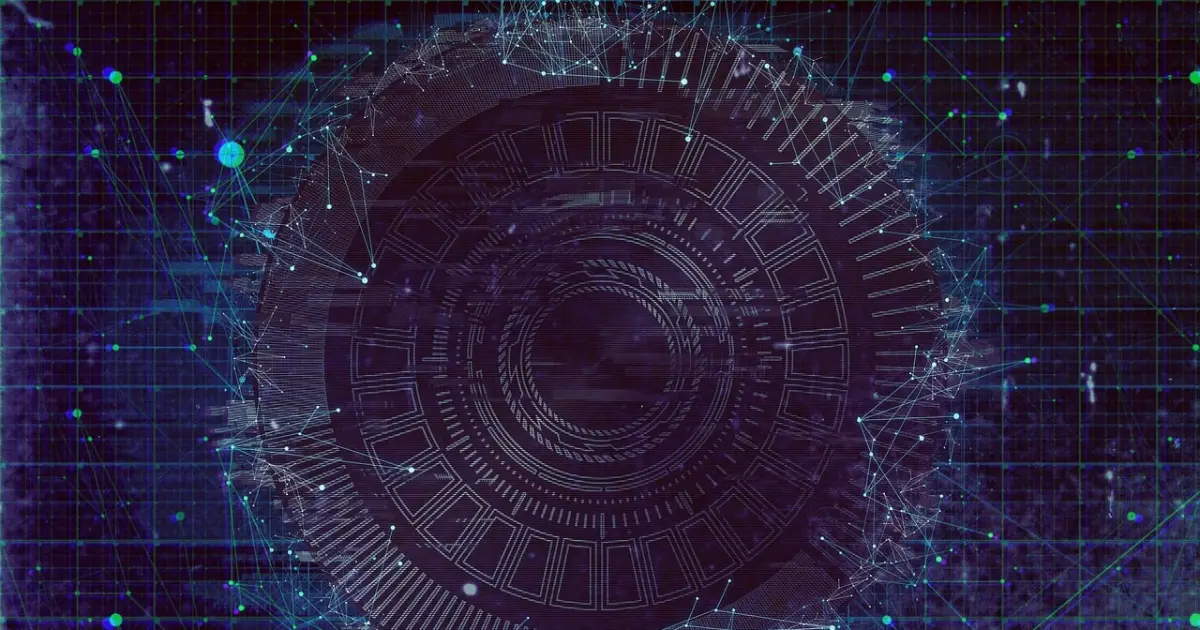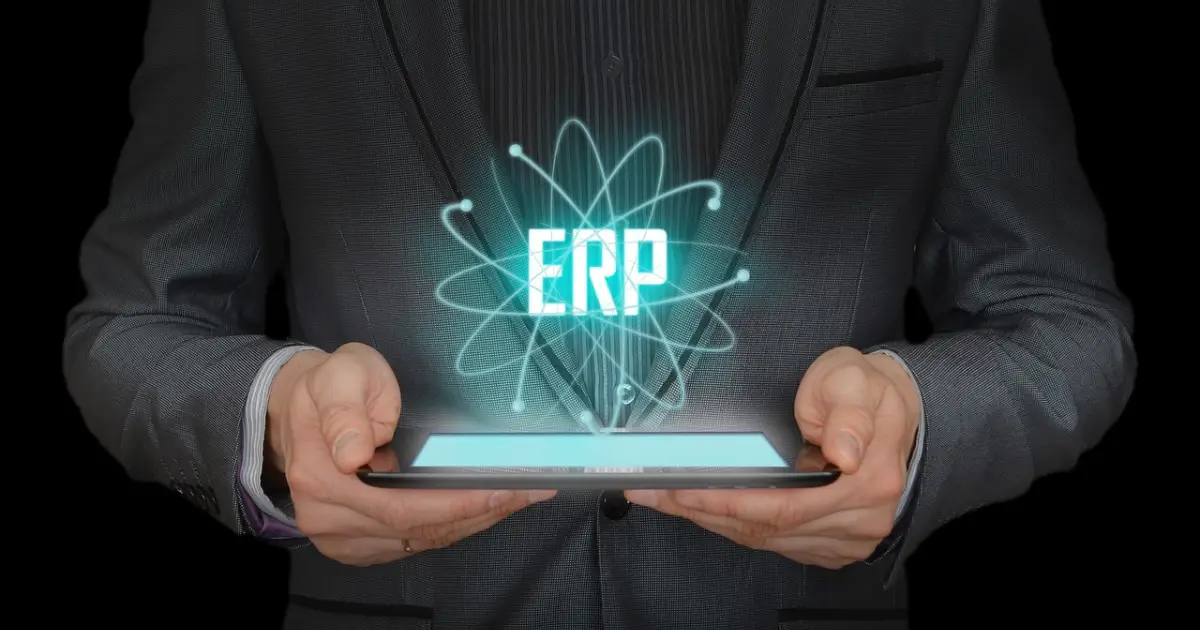focus notes


IoT issues include security measures and power supply! Explaining the benefits of introducing IoT
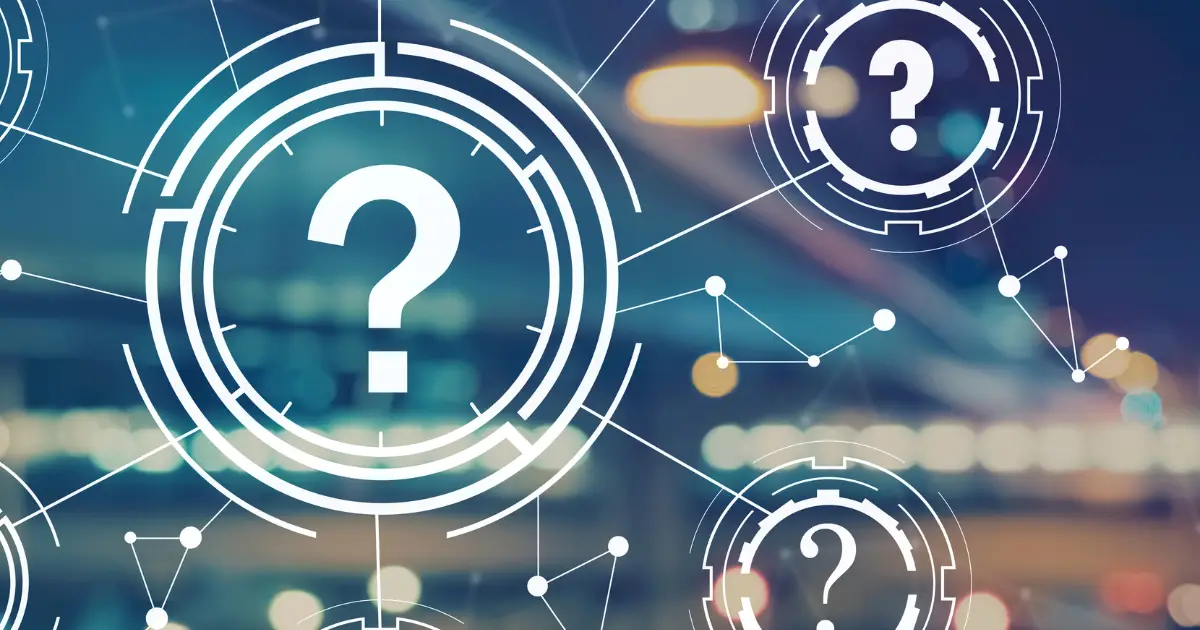
table of contents
“I hear that IoT is convenient, but are there any problems or challenges?”
“I want to know the disadvantages and take countermeasures before introducing IoT.”
Some people who are considering introducing IoT may have questions like the ones above. IoT is a technology that connects things to the Internet, and is being introduced in a variety of fields. IoT has the advantage of improving business efficiency and reducing costs through functions such as remote operation and data collection.
On the other hand, since IoT is connected to the Internet, it may become a target for cyber attacks.There may be times when devices become unusable due to communication failures or equipment failures. Because devices consume electricity to operate, measures must be taken in the event of a power outage. As such, IoT poses a variety of challenges.
This article explains the problems with IoT and answers frequently asked questions about IoT. If you understand the disadvantages of IoT, you will be able to take measures against possible risks from the implementation stage. If you are considering implementing IoT, please refer to this article.
What are the challenges? Explaining the problems (disadvantages) of IoT
There are eight main issues with IoT:
- Security issues
- IoT talent shortage problem
- Issues regarding the handling of acquired personal information
- Communication issues
- Data delay problem in communication environment under multiple clouds
- power supply problem
- Equipment failure issues
- Problems with countermeasures when the system goes down
Security issues
One of the problems with IoT is the issue of security measures.Because it connects to the Internet, it is at risk of being attacked by a cyberattack.
For example, the following are examples of cyber attacks via the Internet.
Malware infection at aluminum factory (2019, Norway)
Event ✓ Large-scale malware infection at a major Norwegian aluminum manufacturer ✓ Infection with ransomware called “LockerGoga” ✓ Immediately after the outbreak, some production such as stamping and office operations were affected ✓ The plant was separated from the system to prevent the spread of the impact ✓Damage estimated at 300-350 million NOK (equivalent to $40 million) in the first week
Source: Ministry of Economy, Trade and Industry | Recent trends in industrial cybersecurity February 2020 | Page 4 (as of January 23, 2024)
In this case, production activities such as press processing were directly affected. Ransomware attacks, called "LockerGoga," can severely affect production processes and office operations in manufacturing companies. In fact, the economic losses caused by this attack are huge, estimated at about $40 million in the first week. This shows the enormous economic impact that lack of cybersecurity can have on organizations.
From this example, it can be said that security measures are essential when using IoT (connecting to the Internet). In addition to security measures, it is also necessary to train employees, prepare backups, and have a response plan. We recommend that the entire organization work together, rather than just one department.
IoT talent shortage problem
One of the problems with IoT is the lack of IoT human resources.In order to properly operate IoT, it is necessary to secure human resources with expertise in IT and data analysis.
If your knowledge of IT is weak, you may not be able to effectively utilize IoT even if you introduce it. For example, you may find yourself in a situation where you do not know how to use the system and are unable to fully utilize its functions. If a problem occurs, you may not know how to respond, and it may take some time to resolve the problem.
In addition, IoT collects a variety of data, which can be analyzed and used to solve problems and improve work efficiency. Without knowledge of data analysis, data cannot be used effectively even if collected. In order to utilize and properly operate IoT, not only IT technology but also data analysis expertise is required.
Issues regarding the handling of acquired personal information
Handling of acquired personal information is also one of the issues with IoT.We are required to appropriately manage the personal information contained in the collected information.
IoT acquires various information from sensors attached to devices. For example, consider a retail store that uses IoT for promotional purposes. The main personal information that is considered to be acquired in order to propose products and promote sales tailored to customers is as follows.
- name
- age
- sex
- address
- Purchased products
- Information about stores visited by customers
The above information is used to analyze customer needs and conduct effective sales promotions. However, customers may feel uneasy because they do not know how their personal information is being managed. Due to the security issues mentioned above, companies are required to take measures to properly manage and protect personal information.
Countermeasures include formulating a clear privacy policy regarding the handling of personal information, sharing it within the company, and training. This policy includes what data we collect, how we use it, and whether we share it with third parties. Please create a privacy policy in-house that complies with laws and regulations, conduct training on this privacy policy and related laws and regulations, and ensure compliance.
Please note that depending on the nature of your business, you may be handling personal information from overseas. In that case, depending on the situation, you may need to comply with the EU's GDPR (General Data Protection Regulation) and the US' CCPA (California Consumer Privacy Act). It is expected that this will be difficult to resolve on your own. It is better to consult a specialist.
Communication issues
Communication failure is also an unavoidable problem in IoT.Since it is used by connecting to the Internet, if a communication failure occurs, malfunctions and other problems may occur.
IoT connects things to the Internet, obtains data and issues instructions to devices via the Internet. If a communication failure occurs, data cannot be sent, received, or processed properly. This may lead to problems such as malfunctions or system shutdowns.
A specific countermeasure is to secure multiple communication routes. For example, you might set up a wireless network such as satellite communication in parallel with a wired network. We recommend setting up a network switchover feature to automatically switch to another route in the event of a communication failure.
Data delay problem in communication environment under multiple clouds
IoT also has issues with data latency in a multi-cloud communication environment.When sharing, sending and receiving data between multiple clouds, we cannot deny the possibility of network load and delays.
In IoT, data acquired by sensors attached to devices is stored in the cloud via the internet. The cloud is a service provided via the internet, and is responsible for storing acquired data.
If you manage data in one cloud, storage capacity may reach its limits or IoT devices may not function properly due to cloud problems. To avoid these risks, it is desirable to store data in multiple clouds.
However, using multiple clouds requires communication. It may also be necessary to pass through many network nodes* and switches.
*Network node refers to any device and data communication point that can send and receive data on a network.
Depending on the communication frequency and amount of data, there may be a delay in communication.
One way to counter this problem is to improve the efficiency of data transfer when sending or synchronizing data. For example, reduce the frequency of synchronization of data that rarely changes or data that is less important. Uses compression technology for data transfer to reduce the amount of data transferred.
If this does not resolve the issue, fundamental measures are required, such as selecting efficient protocols and dedicated network connection services for communication between IoT devices and the cloud. For more information, it is best to consult a professional company.
power supply problem
Power supply is also an unavoidable issue in IoT. The power supply problem here refers to the challenges associated with securing enough power for IoT devices to operate efficiently and sustainably.
For example, IoT devices often run on batteries, making long-term power supply a challenge. This may be especially important for devices used in remote areas or locations that are difficult to access. In such environments, it may be difficult to supply power using wired power sources, so it is important to provide a stable power supply over a long period of time. Also, depending on the amount of data and frequency of transmission, more electricity may be required.
The best way to take concrete measures regarding power consumption is to prioritize products with low power consumption designs when selecting IoT devices. Make sure your operating system and firmware are designed to minimize power consumption. If it has a sleep mode or low power consumption mode, it will last even longer.
Also, by incorporating solar panels and other devices into IoT devices, it may be possible to operate them for long periods of time without relying on battery performance. Such measures will help solve the power supply problem.
Equipment failure issues
One of the problems with IoT is that there is a risk of equipment failure.As long as it is a machine, the risk of failure is unavoidable.
For example, IoT devices that monitor and operate factory machines are likely to break down if used in a harsh environment. High temperatures can easily cause overheating, while low temperatures can cause battery performance to decrease and the device to become weaker. Even if there is no problem with temperature, dust and dirt can accumulate on the device and cause it to break down. In some cases, electromagnetic interference can cause the device to break down. Considering these risks, measures to prevent breakdowns are also necessary.
Countermeasures include building remote monitoring capabilities into equipment to enable real-time performance tracking and diagnosis. If you can analyze each data and identify signs of failure and performance degradation early on, you may be able to prevent failures from occurring.
Although it is difficult to completely prevent breakdowns, you can minimize their impact by being prepared to respond quickly. Take measures on a daily basis to reduce the risk of trouble caused by breakdowns as much as possible.
Problems with countermeasures when the system goes down
Another issue with IoT is how to deal with system downtime.Just like equipment failure or communication failure, the risk of system failure is unavoidable.
If any malfunction occurs in the system, the system may become inoperable. For example, in addition to equipment failures, security attacks, and communication failures, the following causes may be considered.
- Human error occurred
- a natural disaster occurred
- A bug occurred in the software
If the system is down, data cannot be processed even if there is no abnormality in the equipment or communication environment. In some cases, you may lose data. Countermeasures against system failure are essential.
As a countermeasure, it is a good idea to perform regular backups. This will protect your data even in the unlikely event of a system failure. It is also a good idea to formulate a disaster recovery plan and clarify the specific recovery procedures and responsible persons in the event of a system failure or data loss. This may allow for faster recovery.
Explaining frequently asked questions about IoT
We will explain the following four frequently asked questions regarding IoT.
- What are the benefits of IoT?
- What is energy harvesting?
- What is edge computing?
- In what kind of places is IoT used?
What are the benefits of IoT?
IoT has the following benefits:
- Improving user convenience
- Improve business efficiency
- Cost reduction such as personnel expenses
- Easier data collection
By introducing IoT, you can remotely control and monitor things. Taking advantage of these functions, they have already been introduced into a variety of things in daily life, such as home appliances and homes. A typical example is smart home appliances such as lighting and air conditioners that can be controlled with a smartphone. Utilizing IoT will eliminate everyday inconveniences.
Businesses can also expect improvements in operational efficiency and cost reduction effects. For example, it can be used to constantly monitor the operating status of machinery in a factory, and if there is an abnormality, it can be remotely operated and dealt with. It is now possible for machines to carry out work that used to be done by people who inspect machines and go directly to the factory in the event of an abnormality.
This eliminates the need for humans to inspect or directly deal with abnormalities. This will not only make it possible to deal with problems more efficiently and quickly, but will also lead to a reduction in costs such as personnel costs associated with troubleshooting.
Another benefit of IoT is that it can constantly collect various information through sensors. Information that would take a long time to collect or that would be overlooked by humans can be collected by sensors with IoT. Based on the collected data, it is possible to discover issues within your company and analyze user needs.
In this way, IoT has the advantage of making our lives and businesses more convenient and efficient.
What is energy harvesting?
Energy harvesting is a technology that converts various energies around us, such as light and heat, into electricity.Harvest is a word that means "harvest". The main types of energy that are converted into electricity are:
| type of energy | Concrete example |
|---|---|
| light | Sunlight/Lighting |
| heat | Heat from people and animals/heat generated by machines |
| vibration | Vibrations caused by people or things moving, flushing water from toilets |
| radio waves | Radio waves from televisions and radios, wireless LAN |
Energy like the one above is called renewable energy. Energy harvesting is also called energy harvesting because it converts renewable energy into electricity.
If power generation relies on fossil fuels, energy resources will eventually run out. Therefore, energy harvesting is an environmentally friendly technology that attempts to utilize small amounts of renewable energy.
What is edge computing?
Edge computing is a technology that processes data using the equipment that collected the data or the computers surrounding the equipment.Edge means ``periphery'' and refers to the periphery of the network, such as IoT terminals and servers installed in the vicinity. Servers installed in the vicinity are called edge servers.
Conventional IoT devices send acquired data to the cloud or a server for data processing. However, consolidating all data in one place places a strain on the cloud or server, and also increases the number of communications. This puts a strain on the network line, which may cause communication delays and slow processing speeds.
In edge computing, some data processing is performed using IoT terminals, etc. Since only specific data is aggregated in the cloud, the number of communications can be reduced accordingly. Additionally, because data processing is performed close to the device, latency* can also be reduced.
*Latency is the delay time in network communication that occurs from the request for data transfer until the data is actually sent.
If you are using IoT devices for real-time monitoring or data collection, high latency can cause problems for your business. Edge computing can help reduce latency.
In what kind of places is IoT used?
IoT is being used in various fields.Examples of industries where IoT is being utilized are as follows.
- medical care
- logistics
- Agriculture
In the medical field, wearable devices worn by patients can collect vital sign data such as blood pressure and respiratory rate. Even if a doctor is away from the patient, the patient's health condition can be understood based on the vital signs, and this can also be used for early detection and treatment of diseases.
At logistics sites, IoT devices are attached to cargo and vehicles to track their location and monitor delivery status in real time. Depending on the system, it is also possible to quantify and monitor usage status and maintenance needs.
And at agricultural sites, IoT sensors measure soil humidity, temperature, nutrient levels, etc. to maintain optimal conditions for crop growth. For example, irrigation systems could be automatically adjusted based on soil moisture to maximize water use efficiency.
As you can see, IoT is a technology that is being used in a variety of fields, and it may become more widely used in even more industries and fields in the future.
summary
Before introducing and utilizing IoT, be sure to understand its disadvantages.IoT has the risk of trouble due to security measures, communication failures, malfunctions, etc. When IoT devices become unusable due to trouble, various impacts can occur.
Therefore, it is necessary to design the system and prepare the operational environment by anticipating possible problems in advance. Understand the disadvantages and prepare for stable operation.
IoT allows for remote operation and monitoring, and has many benefits such as improved business efficiency and cost reduction. If you take sufficient measures to address the disadvantages, you will be more likely to enjoy the benefits.
If you have any concerns about IoT measures, please feel free to contact us.
Achievements left behind
48 years since its establishment.
We have a proven track record because we have focused on what is important.
It has a long track record in both the public and private sectors.
Number of projects per year
500 PJ
Annual number of business partners/customers
200 companies
Maximum number of trading years
47 years
Total number of qualified persons
1,870 people



